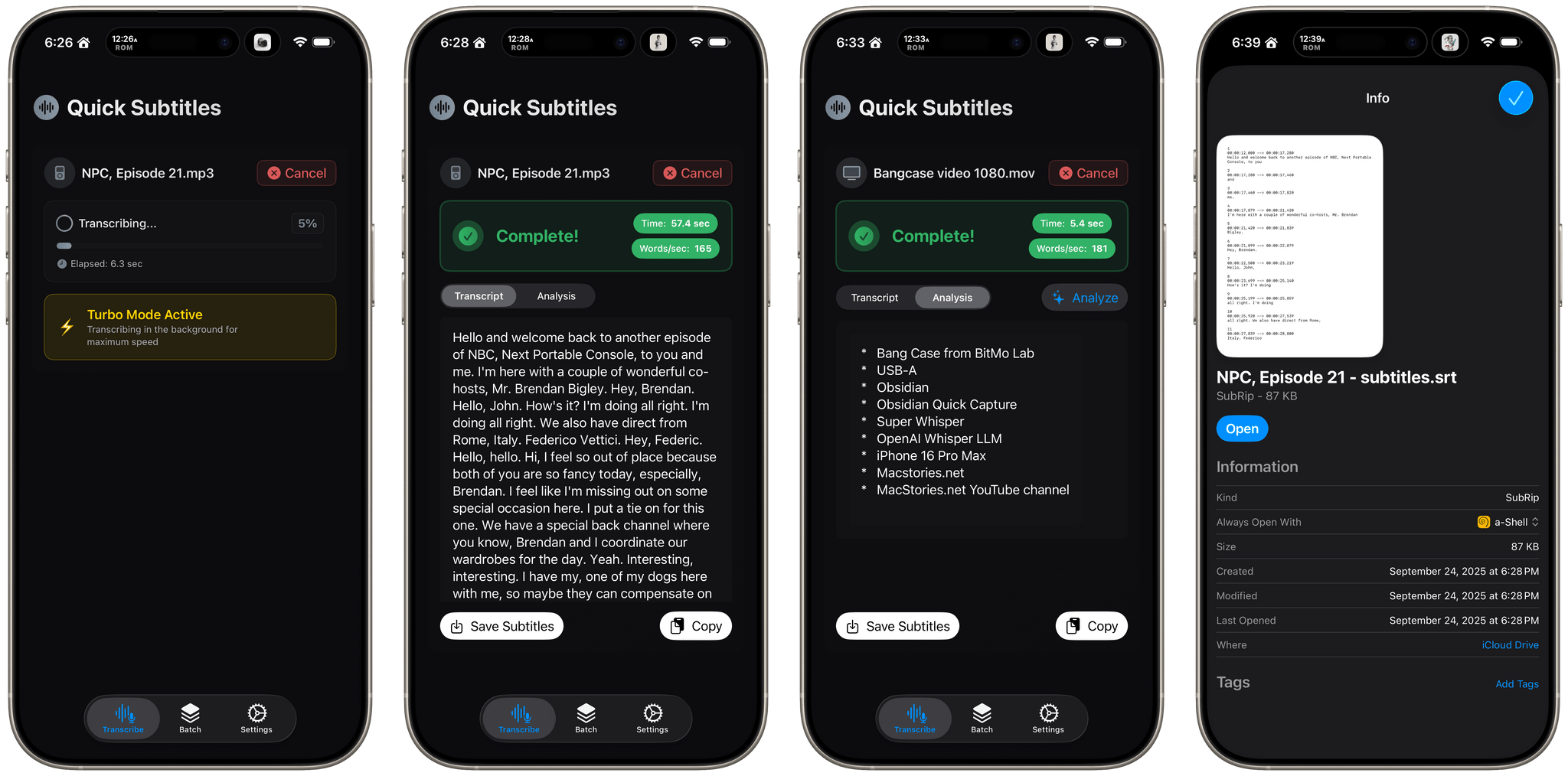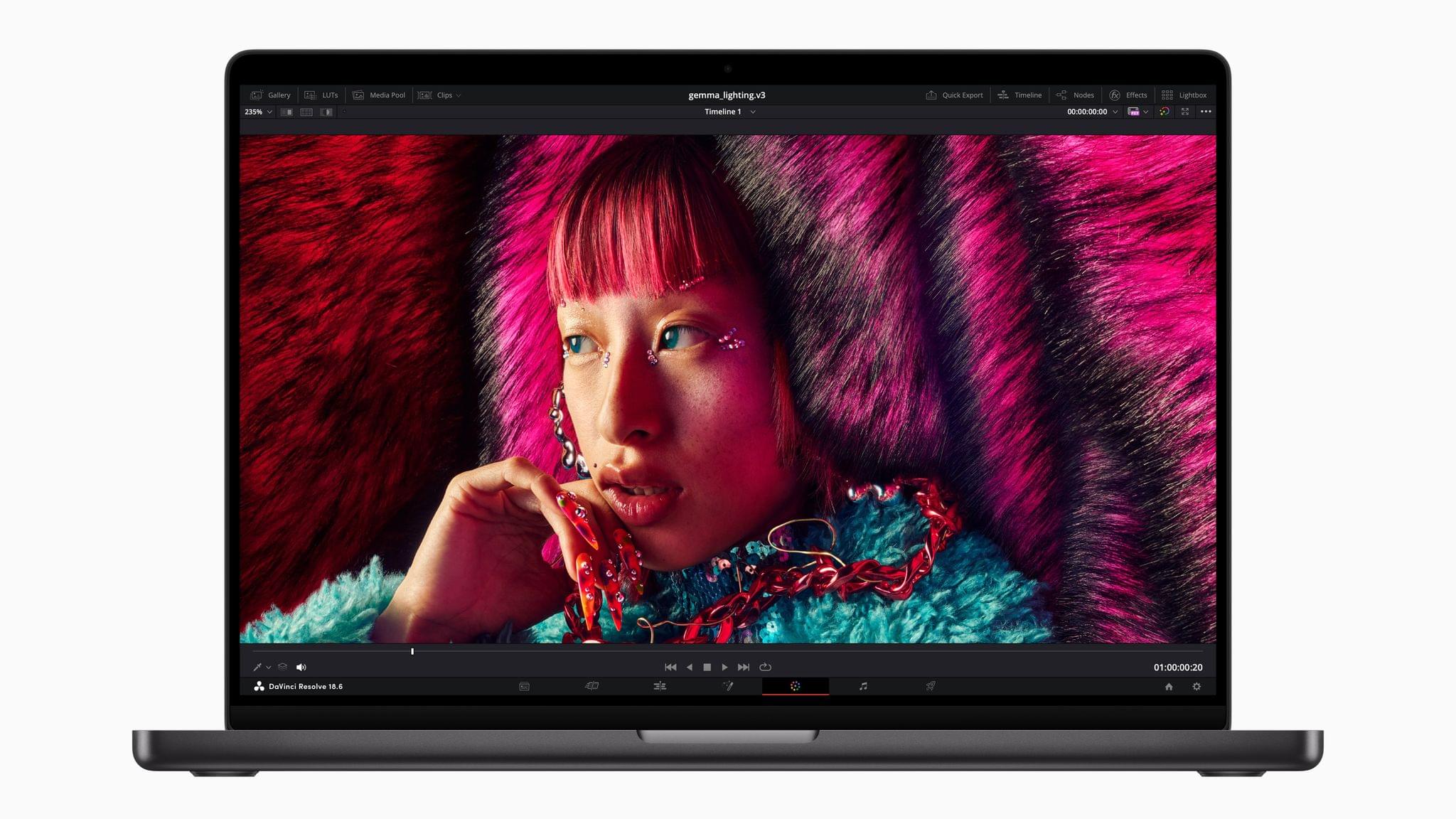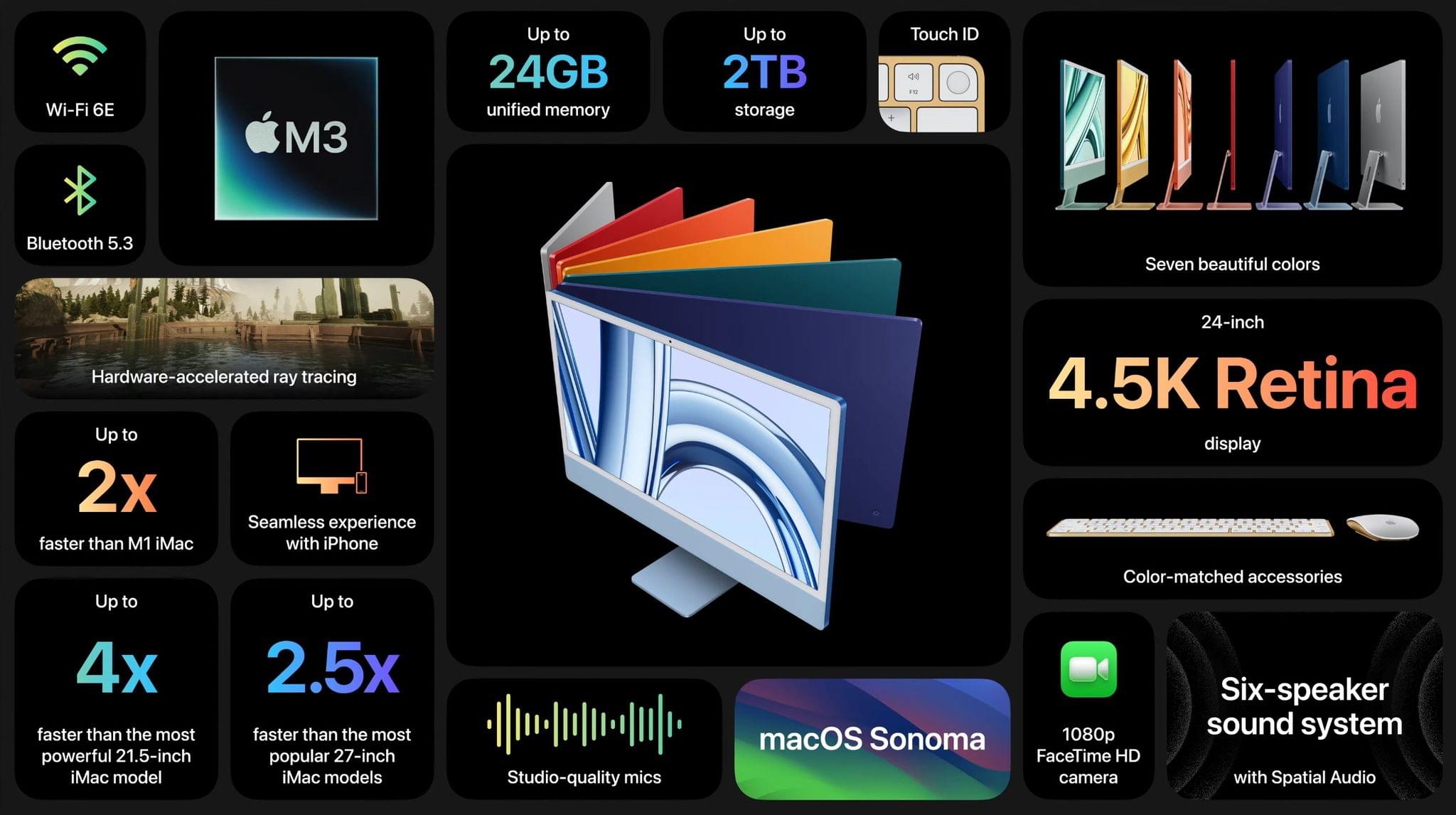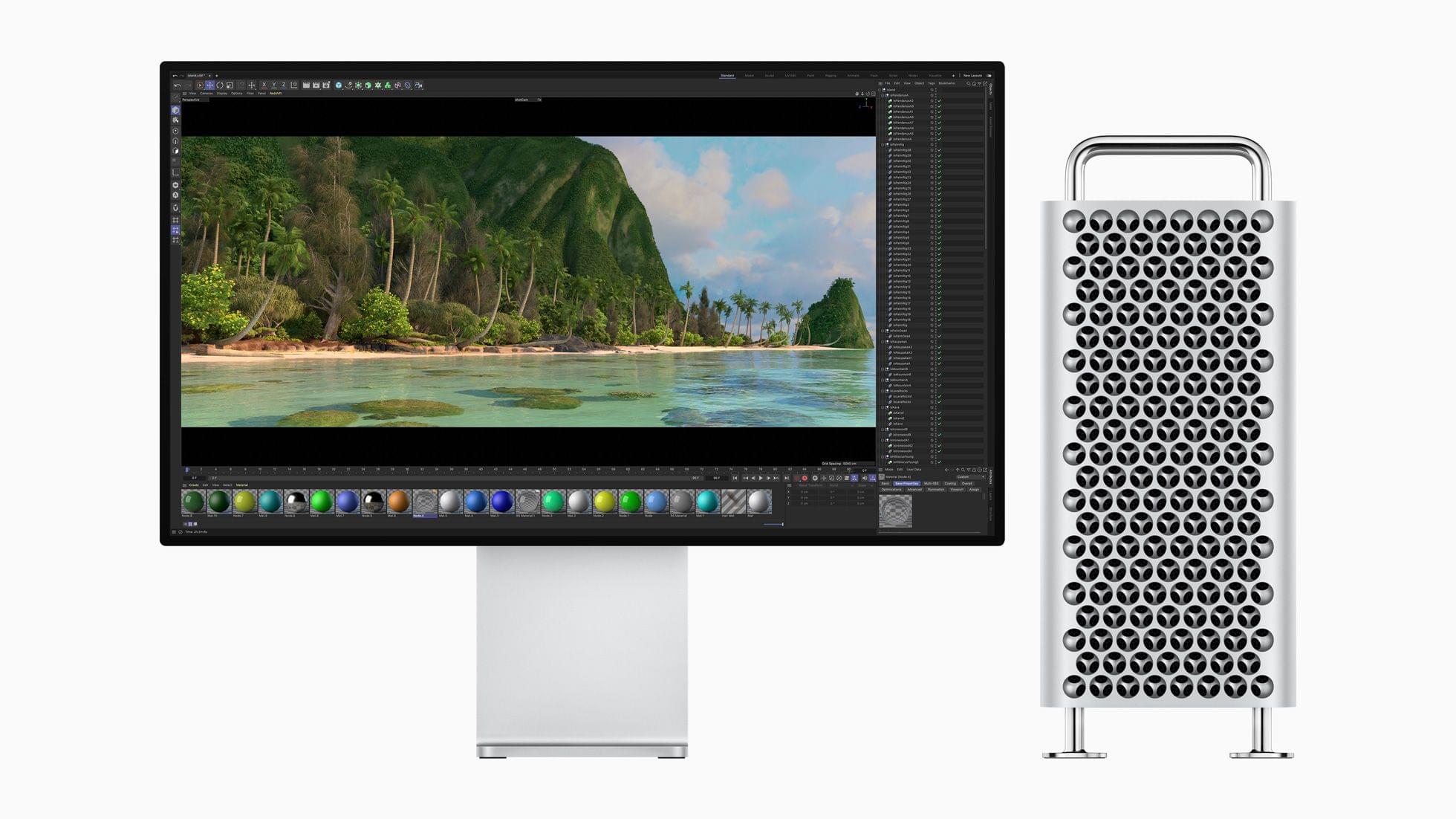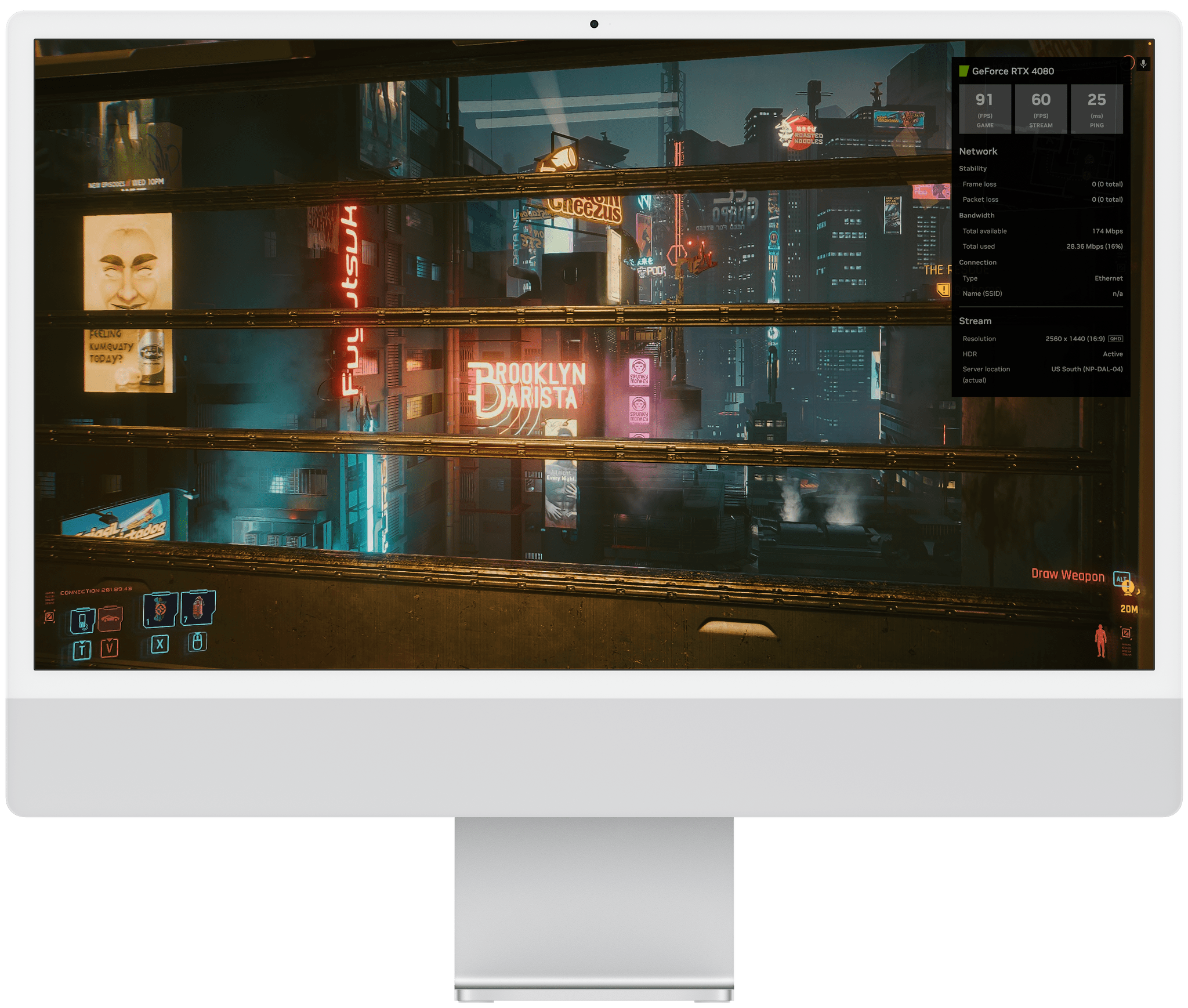Matt Birchler makes a great utility for the iPhone and iPad called Quick Subtitles that generates transcripts from a wide variety of audio and video files, something I do a lot. Sometimes it’s for adding subtitles to a podcast’s YouTube video and other times, I just want to recall a bit of information from a long video without scrubbing through it. In either case, I want the process to be fast.
As Matt prepared Quick Subtitles for release, he tested it on a MacBook Pro with an M4 Pro chip, an iPhone 17 Pro with the new A19 Pro, an iPhone 16 Pro Max with the A18 Pro, and an iPhone 16e with the A18. The results were remarkable, with the iPhone 17 Pro nearly matching the performance of Matt’s M4 Pro MacBook Pro and 60% faster than the A18 Pro.
I got a preview of this sort of performance over the summer when I ran an episode of NPC: Next Portable Console through Yap, an open-source project my son Finn built to test Apple’s Speech framework, which Quick Subtitles also uses. The difference is that with the release of the speedy A19 Pro, the kind of performance I was seeing in June on a MacBook Pro is essentially now possible on an iPhone, meaning you don’t have to sacrifice speed to do this sort of task if all you have with you is an iPhone 17 Pro, which I love.
If you produce podcasts or video, or simply want transcripts that you can analyze with AI, check out Quick Subtitles. In addition to generating timestamped SRT files ready for YouTube and other video projects, the app can batch-transcribe files, and use a Google Gemini or OpenAI API key that you supply to analyze the transcripts it generates. Transcription happens on-device and your API keys don’t leave your device either, which makes it more private than transcription apps that rely on cloud servers.
Quick Subtitles is available on the App Store as a free download and comes with 10 free transcriptions. A one-time In-App Purchase of $19.99 unlocks unlimited transcription and batch processing. The In-App Purchase is currently stuck in app review, but should be available soon, when I’ll be grabbing it immediately.


